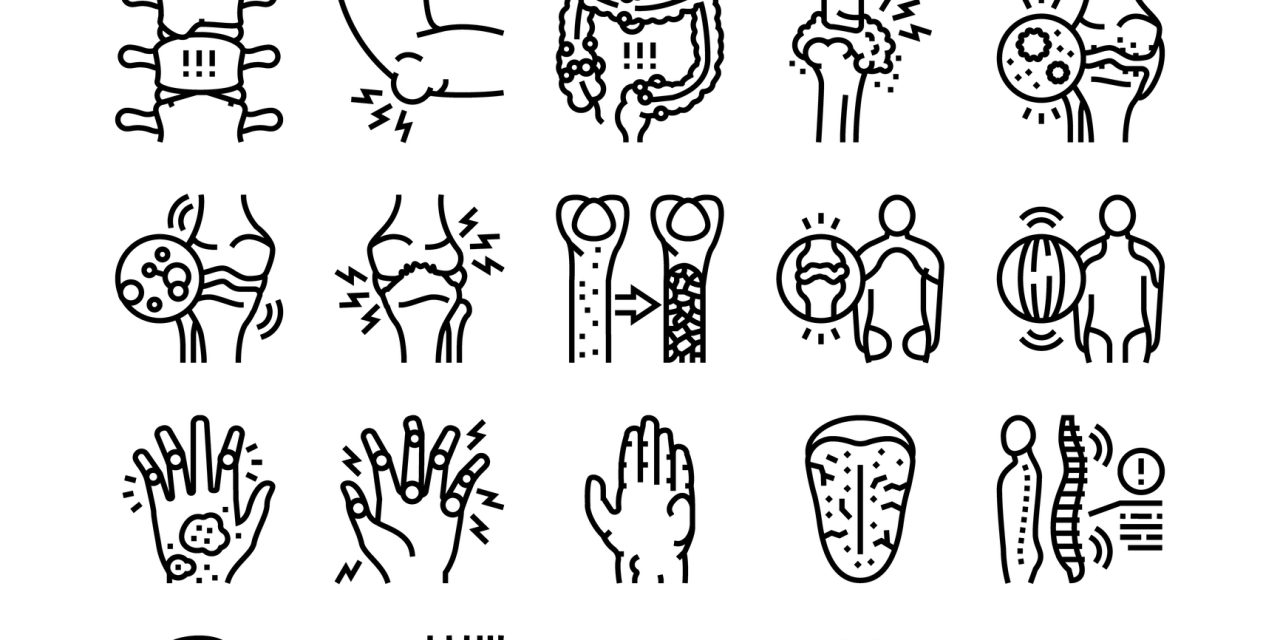The aim is To examine whether a change in the presentation of incident gout happened over the last 20 years and to determine the risk of subsequent gout flares after an initial gout attack.
Methods. All incident cases of gout were identified among residents of Olmsted County, Minnesota, diagnosed in 1989–1992 and 2009–2010 according to the earliest date fulfilling the 1977 American Rheumatism Association preliminary criteria, or the New York or Rome criteria for gout. Patients in both cohorts were then followed for up to 5 years. Cumulative incidence and person-year methods were used to compare flare rates, and conditional frailty models were used to examine predictors.
Results. A total of 429 patients with incident gout (158 patients in 1989–1992 and 271 patients in 2009–2010) were identified and followed for a mean of 4.2 years. The majority of patients were male (73%) and the mean age (SD) at gout onset was 59.7 (17.3) years. Classic podagra decreased significantly from 74% to 59% (p < 0.001). Gout flares were common in both time periods. Hyperuricemia and kidney disease were predictors of future flares in patients with gout.
Reference link- https://www.jrheum.org/content/47/4/613


